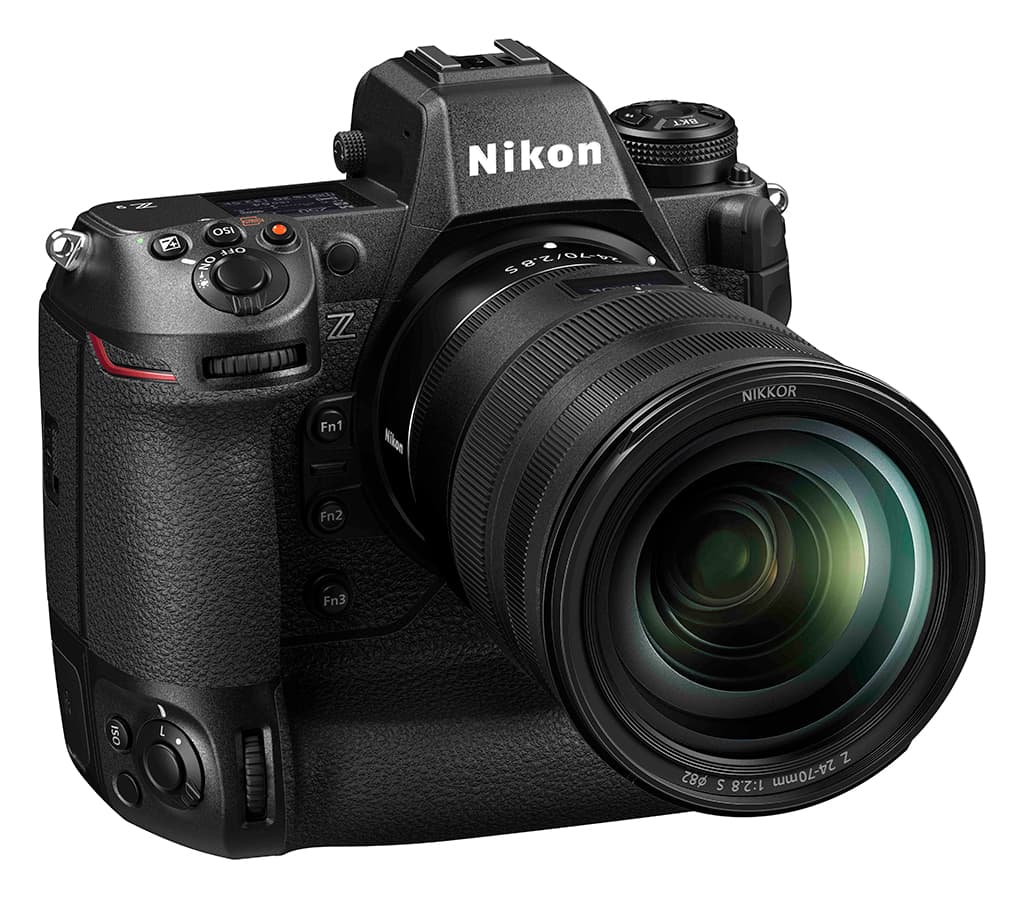The latest year-end sales report from Japan, compiled by BCN Retail, has revealed that Sony is the leader in the mirrorless camera market while Canon leads the DSLR market in sales.
The BCN Retail report monitors point-of-sale data from 40% of Japanese retailers, including the specialist camera chains. In the mirrorless camera market for 2021 Sony increased its year-on-year share to 32% of the market (up from 27.44% in 2020), while Canon grew its second placed position to 28.2% (rising from 23.78% in 200). The third-biggest share of the mirrorless camera market was for OM Digital Solutions (formerly Olympus) with 12.7%.
However, that OM Digital Solutions/Olympus figure indicates a decrease from the figures for 2020 when Olympus held a 23.37% share of the mirrorless camera market. OM Digital Solutions has already stated it will launch a micro four thirds camera in 2022 but, as yet, no concrete details of its specifications have officially been made public.
Canon leads DSLR sales
In terms of sales of DSLRs, Canon has a commanding 59.8% market share (up from 51.91% in 2020) with Nikon in second place with 33.9% (a drop from a 44.78% market sales share in 2020) and Ricoh (the manufacturer of Pentax cameras) comes in as a distant third, but with an increased 5.8% share (up from 3% in 2020).

The Canon EOS 850D is the company’s most recently released DSLR – it made its debut in late 2020
Fixed lens cameras
Canon also held first place in sales of fixed lens cameras with a 34.01% market share (down from 39.08%), followed by Sony at 23.1% (up from 19.65%) and Fujifilm at 11.6% (marginally up from 11.41%).
Best-selling cameras in Japan
According to BCN Retail figures the Top 10 best-selling cameras in Japan in 2021 did not include any full-frame cameras, DSLRs or Nikon models. In fact, the figures show that the only camera released in 2021 to make it into the top 10 best-sellers list was Sony’s ZV-E10.
The sales figures also revealed the enduring popularity of cameras that were launched a few years ago. These included the Fujifilm X-A5 (launched in 2018), Canon EOS M50 (from 2018), Sony A6400 (from 2019) and the Olympus PEN E-PL10 (which was launched in 2019).
The Top 10 best-selling cameras in Japan in 2021 were:
- Sony A6400: double zoom lens kit, black
- Canon EOS Kiss M2 (EOS M50 Mark II): double zoom kit, white
- Canon EOS Kiss M (EOS M50 Mark II): double zoom kit, white
- Sony A6400: double zoom lens kit, silver
- Sony ZV-E10: power zoom lens kit, black
- Canon EOS Kiss M2 (EOS M50 Mark II): double zoom kit, black
- Canon EOS Kiss M (aka EOS M50): double zoom kit, black
- Fujifilm X-A5: lens kit, silver
- Olympus PEN E-PL10: EZ double zoom kit, white
- Fujifilm X-A5: lens kit, brown

The Olympus PEN E-PL10, launched in 2019, was the 10th best-selling camera in Japan in 2021
Trend for buying older cameras
This trend towards purchasing cameras that were launched some time ago may be as a direct result of the comparative short supply of new cameras on the market. This supply problem has been created due to several factors, most notably the global shortage of semiconductors, the impact of the Covid pandemic and up to ten-fold rises in shipping costs for product parts from Asia to Europe.
In a recent Amateur Photographer investigation many of the main camera and lens manufacturers admitted that there could be difficulties with supply of new products to market. Sony admitted the production of ‘certain products’ is being affected; Leica said there will be points during 2022 when it is ‘unable to meet customer demand’; and Nikon stated, ‘we are currently experiencing supply chain disruption and delivery delays.’ Panasonic explained, ‘the imaging industry is currently facing a number of global challenges that are affecting all camera manufacturers… Panasonic is not immune to these,’ whilst Sigma admitted, ‘there is a possibility that our production will be affected in the future.’ Zeiss revealed, ‘we at Zeiss are also affected by the shortage of semiconductors and price increases for components in the photo sector,’ and OM Digital Solutions said, ‘we are facing some limited product shortages which are not unique to us – for various reasons [such as] high demand on key lines, Covid [and] assorted supply chain glitches.’

Supplies of the Nikon Z 9 may be subject to ‘delivery delays’ in 2022
Mirrorless cameras dominate CIPA figures
According to figures from the Camera & Imaging Products Association (CIPA)* the overall production of digital still cameras from for 2021 was 320,688,990 (up 5.9% on 2020) with total worldwide shipments being 488,933,327 units (up 16.4%). These shipment figures can include cameras that were produced before 2021, so that’s why the shipment figures exceed the production figures.
Of the 488,933,327 total worldwide shipment figure the vast majority were mirrorless cameras, which accounted for 324,552,875 (approx. 66.38%) of those cameras. These figures demonstrate that mirrorless models held almost exactly a 2/3rds share of total worldwide shipment of cameras in 2021. Out of the total shipment figure, 91,281,997 were DSLR models. Cameras with built-in lenses accounted for the remaining production figure of 73,098,455 cameras.
The full year CIPA figures for 2021 reveal that total mirrorless camera shipments to Europe were 68,739,523 and total DSLR shipments were 29,632,578. This indicates a 14.7% year-on-year rise in shipments of mirrorless models to Europe but a 3.8% decrease in shipments of DSLRs to Europe.
* CIPA is an international industry association that consists of members engaged in the development, production or sale of imaging-related devices, including digital cameras.
Related articles:
Photographers set to face equipment shortages in 2022
OM Digital Solutions reveals it is on track for 2022 launches
Sigma CEO admits semiconductor shortage will affect production









